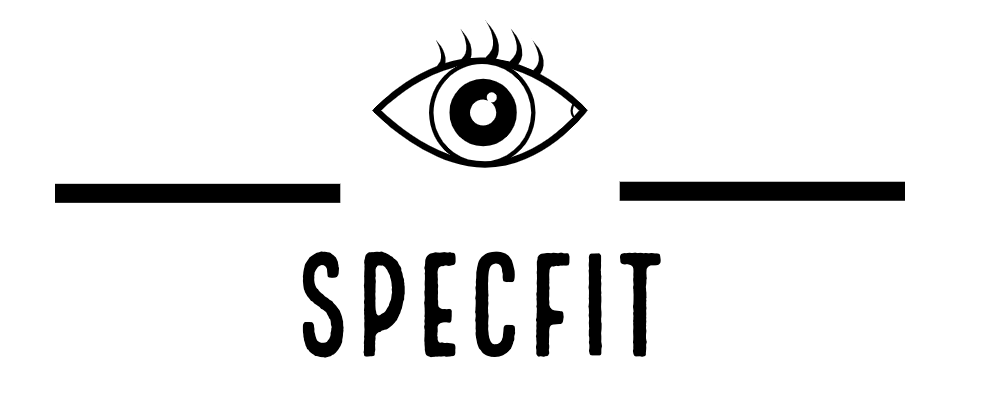
Binocular vision dysfunction refers to the inability of both eyes to coordinate properly. When the eyes cannot perform this eye-teaming task accurately, this is referred to as binocular vision dysfunction. Many patients can go undiagnosed for many years despite going from specialist to specialist.
 Symptoms include double vision, light-headedness, severe headaches, sinus problems, nausea, poor depth perception, unsteadiness while walking, light sensitivity, neck and shoulder discomfort from twisting their bodies to focus, reading problems, car sickness and anxiety in large spaces like malls.
Symptoms include double vision, light-headedness, severe headaches, sinus problems, nausea, poor depth perception, unsteadiness while walking, light sensitivity, neck and shoulder discomfort from twisting their bodies to focus, reading problems, car sickness and anxiety in large spaces like malls.
There are several treatments for binocular dysfunction. Often times a pair of spectacles can help to improve eye alignment quickly. These spectacles can have a refractive prescription or even prism to help eliminate symptoms of binocular dysfunction. Reading glasses are commonly prescribed to help patients with problems with near tasks.
Vestibular Symptoms
- Dizziness / lightheadedness / disorientation with varying degrees of frequency, from occasional episodes to daily awareness.
Triggers to Dizziness:
 side to side head movement
side to side head movement- up and down head movement
- getting up quickly for a seated position
- bending over to retrieve an object and getting up quickly
- riding as a passenger in a car, especially in the back seat
- going around curves while in a car
- high speed expressway driving with fast moving vehicles passing on either side
- Nausea
- Motion sickness and car sickness, often since childhood.
- Unsteadiness while walking. Develops a slower gait to feel steadier on feet and to avoid falling.
- Falls often (with occasional breaks to bones) due to being unsure of their footing.
- Drifts to one side while walking down a hallway. Unintentionally moves in to someone else’s space while walking next to them. Feels like their midline or body center is shifted to one side. Walks in to door frames, edges of tables, corners of counter, etc., often with the same side of the body each time.
- These symptoms are similar to those seen in patients with MS, sequella of a stroke, inner ear disorder or Meneire’s Disease.
Head, Neck, and Shoulder Pain Symptoms

- Headaches with varying degrees of intensity and location. Most common locations: forehead, temples, back of head.
- Pain with eye movements.
- A feeling of pressure and heaviness on top of the head.
- Facial / “sinus” pain, pain in the jaw region.
Severe neck and shoulder discomfort due to an accompanying head tilt (frequently obvious). Neck pain described as a neck headache or neck migraine.
These symptoms are similar to those seen in patients with sinus problems, migraines, TMJ problems, spinal misalignment issues.
Driving Symptoms
- Difficulties with stopping at traffic lights and stop signs. The signs seem to move due to the underlying dizziness. It can sometimes feel like the car is moving backward even though the foot is on the brake.
- Images are seen moving in the peripheral vision that aren’t really moving.
Anxiety
- Anxiety associated with being uncomfortable while driving in a moving vehicle. Concern that a dizzy episode will occur while they are driving, and that they will not be able to pull over to the side of the road to get to safety, before harming themselves or others.
- Anxiety associated with being in a space with a tall ceiling (i.e. malls, grocery stores, big box stores). All of the multiple stimuli and detail in a large space can overload the visual system and trigger a dizzy episode with the resultant feeling of being overwhelmed.
- Overwhelmed when in a group with many people due to the many faces and stimuli triggering dizziness.
- Generalized anxiety, sometimes severe enough to cause suicidal ideation.
- These symptoms are similar to those seen in patients with agoraphobia or anxiety syndromes.
Reading Difficulties Associated with Misalignment of the Eyes
- Rereading for comprehension / difficulty concentrating.
- Skipping lines with reading. Losing their place while reading. Using their finger or a ruler as a guide to follow along on a line of print.
- Words running together while reading.
- Fatigue with reading.
These symptoms are similar to those seen in patients with ADHD or a learning disability.
Sleep Patterns
- Fitful and restless sleep pattern. Aware of eye movement making them dizzy, even while trying to fall asleep, causing dizziness.
- Often they sleep better when the room is completely dark, since the light will be seen through the eyelids, triggering visual vertigo.
Diplopia Symptoms
- Sensitivity to bright lights from misalignment of eyes causing an exaggerated amount of glare off of all surfaces.
- Blurred vision, overlapping vision, double vision, shadowed vision.
- Poor depth perception. Sometimes feeling uncoordinated since childhood, especially with sports like catching a ball or hitting a ball (i.e. activities requiring keen hand-eye coordination).
- Closing or covering an eye eases visual tasks (near or far)
Vision Symptoms

- Eye strain
- Blurred distance vision
- Blurred near vision
Miscellaneous Symptoms
- Feeling spacey. Having difficulty concentrating when someone is talking to them, especially when it is for more than a couple of minutes. Difficulty looking other people in the eyes for any prolonged period of time. It is made worse when the person is moving their hands or body, which can over stimulate the visual system and trigger dizziness.



